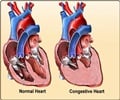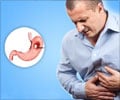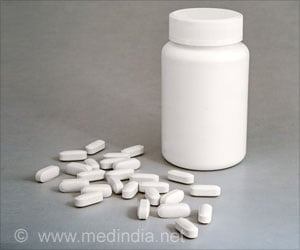Digoxin, a common drug used for heart condition treatments, is found associated with 71 percent greater risk of death and 63 percent greater risk of hospitalization

"Our findings suggest that the use of digoxin should be re-evaluated for the treatment of atrial fibrillation in contemporary clinical practice," said study co-author Anthony Steimle, MD, Chief of Cardiology at Kaiser Permanente Santa Clara Medical Center. "Given the other options available for heart-rate control, digoxin should be used with caution in the management of atrial fibrillation, especially in the absence of symptomatic systolic heart failure."
The results of this study follow on the findings by many of the same investigators in a 2013 study that revealed digoxin was associated with a 72 percent higher rate of death among adults with newly diagnosed systolic heart failure.
The current study was conducted among almost 15,000 adults within Kaiser Permanente's Northern and Southern California regions who had recently diagnosed atrial fibrillation and no prior heart failure or digoxin use. Researchers examined the independent association between newly initiated digoxin use and the risks of death and hospitalization.
During the study period, 4,858 or 17.8 percent of the participants initiated digoxin use. There were 1,140 deaths among the study cohort, with a significantly higher rate of death in digoxin users compared with non-users (8.3 vs. 4.9 per 100 person years). At the same time, there were 8,456 hospitalizations for any cause, and the rate of hospitalization was higher for patients who received digoxin compared with those who did not (60.1 vs. 37.2 per 100 person years).
"Digoxin remains commonly used for rate control in atrial fibrillation, but very limited data exist to support this practice -- mostly small, older clinical studies with very limited follow-up that did not assess the long-term effects of digoxin on mortality or hospitalization," said Alan S. Go, MD, senior author of the study and research scientist at the Kaiser Permanente Division of Research in Oakland, California.
Advertisement
Advertisement










